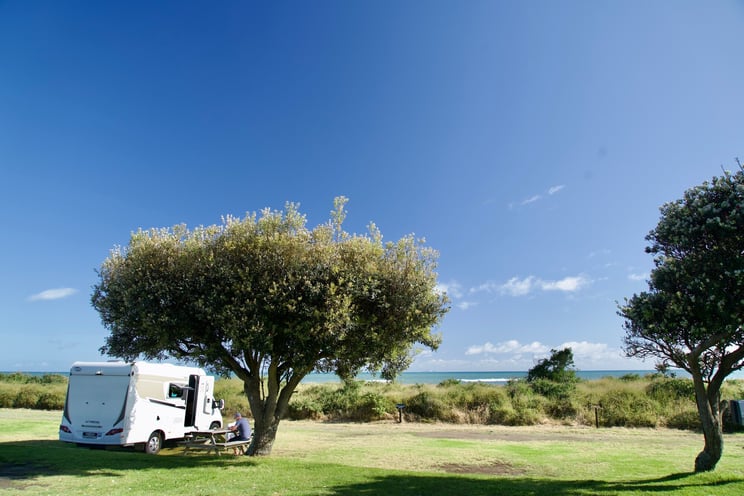Most motorhomes leave their showrooms with absorbent glass mat (AGM) batteries. Forming the backbone of 12 volt power supplies, they help make it possible for you to enjoy electrically-enhanced camping independent of the national power grid.
But are AGM batteries your best option for freedom camping — or do lithium-ion batteries give you more power for longer?
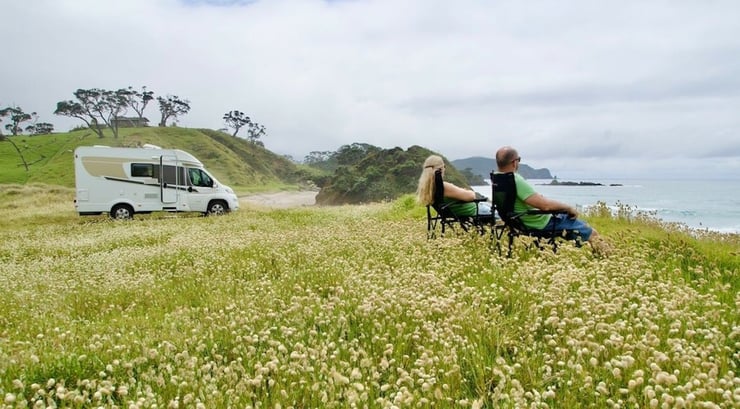
In this blog, we talk about the advantages of both AGM and lithium-ion batteries. We also discuss why you should consider upgrading your energy storage to the latter — and your charging system to suit.
Plus, we cover how to choose the right lithium-ion battery for your motorhome and how to monitor your battery’s charge.
AGM batteries are based on the old lead acid batteries that were the mainstay of 20th century electricity storage. The difference is the addition of glass fibre mats that separate the positive and negative plates inside the battery case and soak up all the lead acid for increased safety and performance.
An AGM battery will last longer and recharge faster than any lead acid battery lacking those absorbent fiberglass mats.
|
Contents |
Advantages of AGM batteries
Motorhome manufacturers generally choose to fit AGM batteries because they’re:
- Reliable
- Able to deliver reasonable levels of current for relatively low cost
- Readily accepted by international freight companies.
This last point is an important consideration when a motorhome is about to be exported to somewhere like New Zealand — far away from the rest of the world.
Advantages of lithium-ion batteries
Lithium-ion (also known as li-ion) batteries offer a superior power storage solution to AGM ones. That’s because they:
- Have the ability to sustain far more recharge-discharge cycles
- Can be discharged to a lower percentage of their capacity
- Store more energy.
Upgrading your AGM for a lithium-ion battery
It’s one thing for your motorhome battery to have a certain capacity to hold charge — but having the ability to discharge without damaging itself is perhaps more important.
AGM batteries can discharge to 50 percent of their capacity without sustaining irrecoverable damage. Lithium-ion batteries, on the other hand, can be constantly discharged to 20 percent of their full capacity — without any degradation in their performance.
The biggest benefit of choosing to upgrade your AGM battery to a lithium-ion one is a more resilient and useable supply of energy.
Let’s compare the difference you’ll have in total energy reserves between two 100Ah (amp hour) AGM and two lithium-ion batteries.
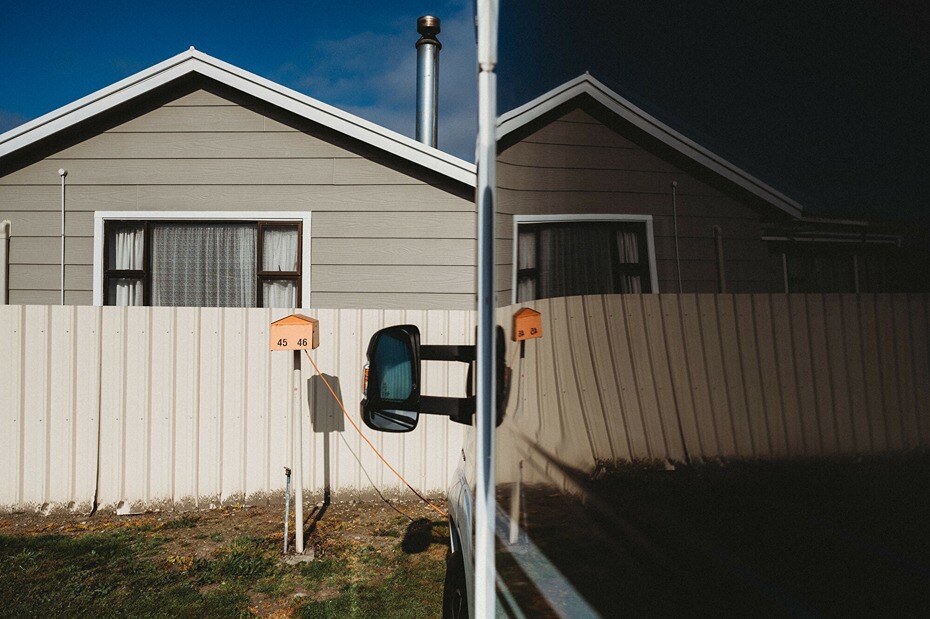
The numbers speak for themselves with the two lithium-ion batteries offering a significant amount of additional energy reserve than AGM batteries.
Lithium-ion batteries also have extra energy density — so you’ll be able to swap in batteries with a higher capacity. For example, a 120Ah lithium-ion battery generally has the same dimensions as a 100Ah AGM.
There’s even a substantial difference in weight — this switch to lithium-ion would likely result in a weight saving of 35-38kg. If managing your payload is important to you, this is a significant reduction.
Take a look into the future of electric motorhomes and campervans.
Improving your charging system to suit lithium-ion batteries
It’s tempting to simply change out your AGM batteries for lithium-ion replacements and leave it to your old AGM battery chargers (and their AGM-specific software) to restock your batteries with electrons.
A more expensive lithium-ion battery comes with a battery management system (BMS) built into it — making it easy to swap batteries without any other additional electrical system upgrades. It’s a simple plug and play solution — but is it a little too simple?
A battery management system to match your battery

For complete peace-of-mind, it’s best to ensure that your lithium-ion battery is being managed by a charger operating with software that’s tailored to the specific demands of your battery.
Lithium-ion batteries prefer charging management that varies the rate of charge according to the amount of electricity stored in them. As the batteries get closer to being fully charged, the rate of charging slows progressively to prevent overheating cells. This maintains the health of the cells and prevents battery fires.
Operating to a lithium-ion profile
Ensuring that a DC-DC (battery to battery) charger is operating to a lithium-ion profile will keep your new battery array cooler anytime it receives direct current from either:
- Solar panels when parked, or
- The alternator fitted to your motorhome’s engine — when on the move.
The same goes for an AC-DC charger to properly manage alternating current charging when your motorhome is hooked up to mains power.
Smart battery chargers
It's often not necessary to change chargers when swapping to lithium-ion batteries. High quality DC-DC and AC-DC chargers commonly come with simple buttons to select multiple battery profiles.
Some can even detect when they’re charging lithium-ion batteries — and they’ll swap their profiles automatically.
If your motorhome has already been fitted with such chargers, there’s no need to replace them. If your existing chargers can’t be adapted to provide proper lithium-ion management, it’s better to replace them with fit-for-purpose versions.
Ensuring your motorhome’s battery chargers are fully integrated with new replacement lithium-ion batteries is a better way of maintaining battery health than by leaving it up to an inbuilt BMS.
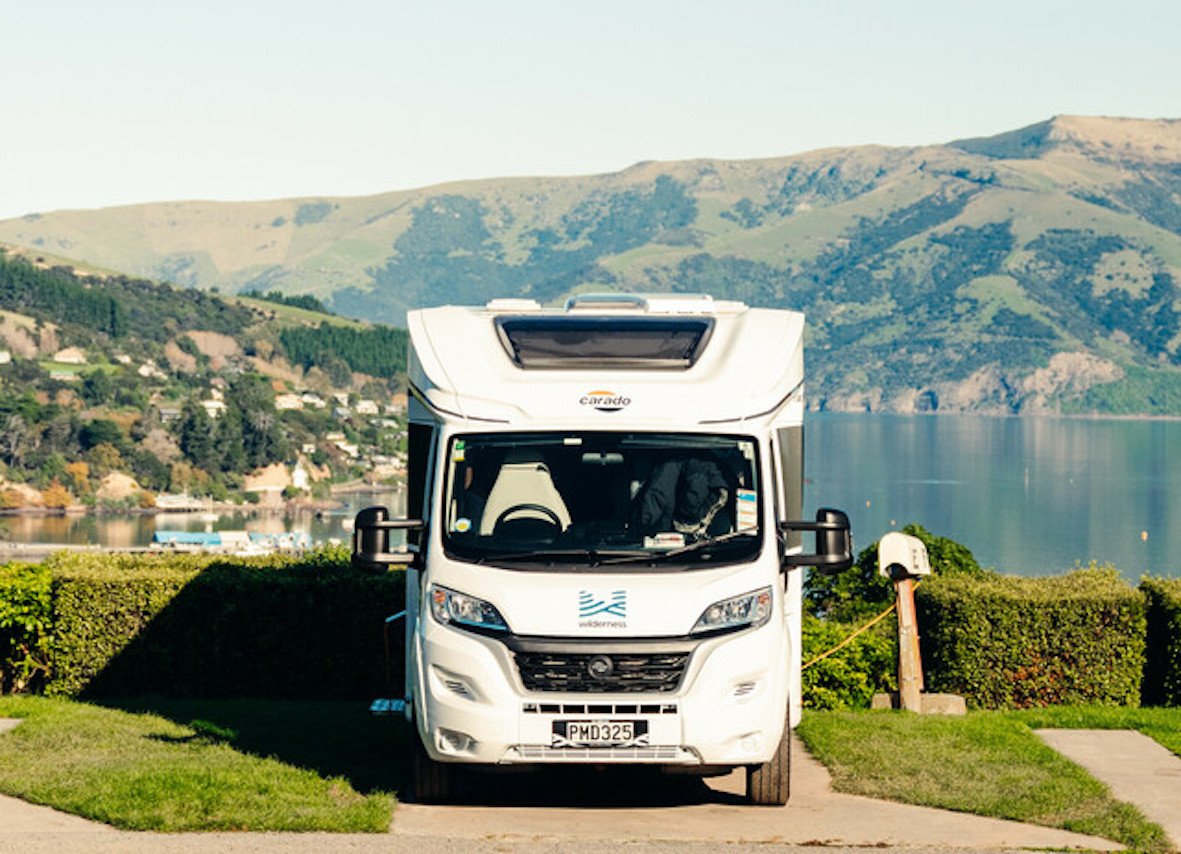
Choosing a lithium-ion battery
Most lithium-ion batteries designed for motorhomes in New Zealand use lithium-iron-phosphate (LFP) cells. These are usually the size of an AA battery — and are tightly connected in stacked rows inside a plastic battery case.
The chemistry is superior to earlier lithium-ion batteries because it improves:
- Longevity
- The discharge percentage before degradation begins.
The latter increases the amount of usable energy stored in your battery. Some LFP batteries can be discharged to as low as ten percent without damage.
Quality is remembered long after price is forgotten
It’s an old saying but one that certainly applies to LFP batteries which can cost double the price of cheaper lithium-ion ones.
You’ll usually get an inbuilt BMS with an LFP battery — as well as a Bluetooth-enabled app so you can monitor battery performance from an app on your mobile phone. You can expect to pay between $1800 and $2000 for an LFP battery with 120Ah capacity.
Besides finding out the internal chemistry of battery cells, it’s important to research how much continuous current your battery can provide. A quality LFP battery of 120Ah capacity will deliver between 100 and 120 amps over a sustained amount of time.
Some cheaper lithium-ion batteries of the same capacity can only manage 50 amps of current at a time — instantly taking the shine off any potential $1000+ purchase price saving.
Get an idea of the total draw on your motorhome battery.
Should you buy one or two motorhome batteries
If you’ve got the room, two LFP batteries are better than one. It’s better to install two 100Ah batteries instead of a single 200Ah unit — as linking batteries together will increase the continuous current supply by 30-50 percent.
That tandem battery array will deliver 270-300 amps of current, whereas the single 200Ah battery will deliver up to 200 amps — and not a single amp more.
|
Single or tandem? If you decide to take the tandem option to increase continuous current supply, your batteries must be of the same capacity and age. |
Battery Monitoring
Lithium batteries maintain their voltage throughout most of their discharge cycle. A lithium-ion battery might have a remaining charge of 50 percent, yet the voltage will still maintain a healthy 12.9V.
This means that battery monitoring can’t be done with a voltmeter.
The final piece of your lithium battery upgrade involves fitting a digital battery monitor that includes a Coulometer. This device keeps track of the number of amps:
- Leaving the battery array
- Delivered by solar energy capture and charging.
Monitor the battery via your cell phone if you can. And when mobile phone coverage is unavailable, a permanently installed lithium battery monitor will allow the state of charge to be identified at times.
If you plan on sticking with AGM batteries, a Coulometer-based battery monitoring system is a more accurate method of checking your state of charge than a voltage-based system.
Learn more about motorhome power and 12V batteries — and how to monitor the rest of your motorhome while travelling.
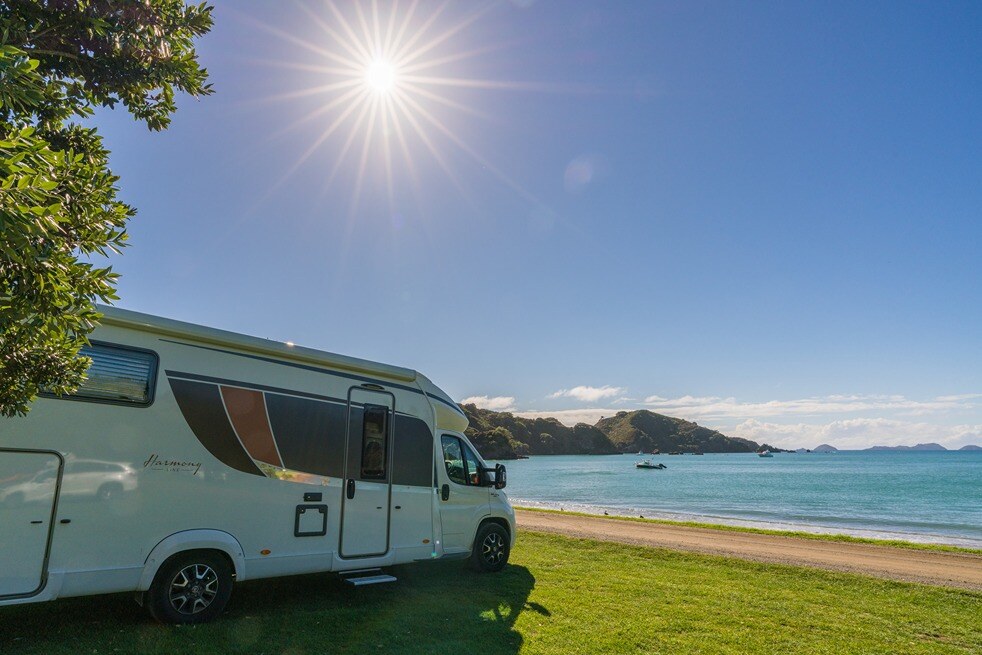
Switching from AGM to lithium-ion batteries — especially the LTP versions — will usually double the amount of time you can keep your motorhome powered up while parked off-grid with the motor off.
A budget of around $5000 will secure that extra independent camping time. You’ll need to balance that potential cost against a far cheaper alternative — simply taking your motorhome for a tour to somewhere not all that far away from your chosen campsite.
Before heading off on your adventures, find out how to prepare your motorhome for spring, summer and winter travelling.
